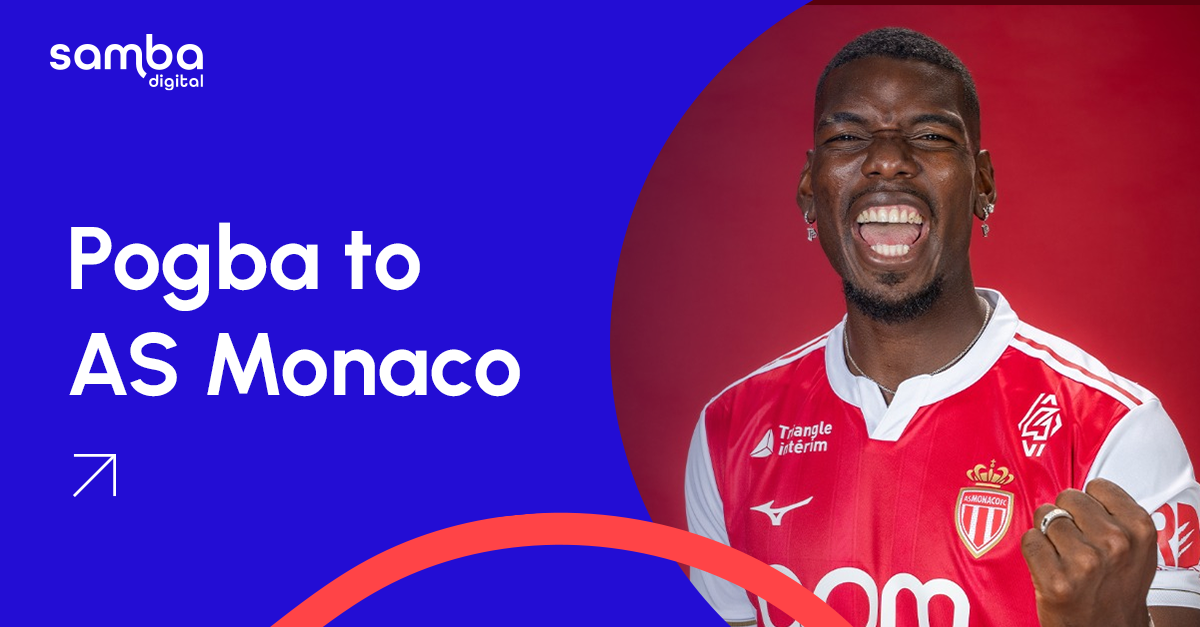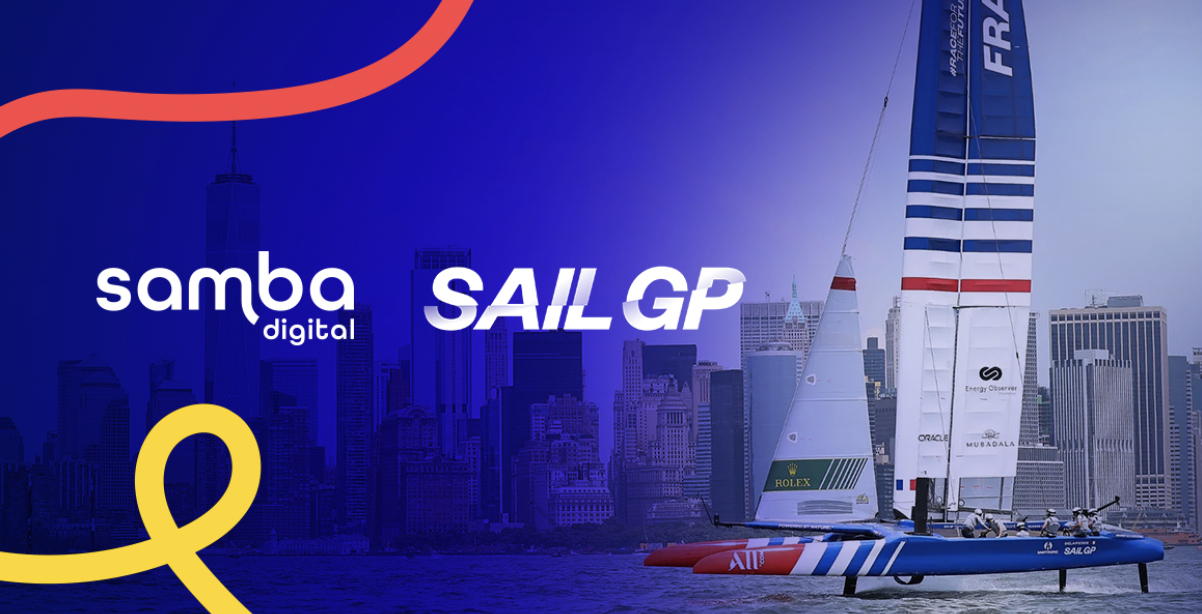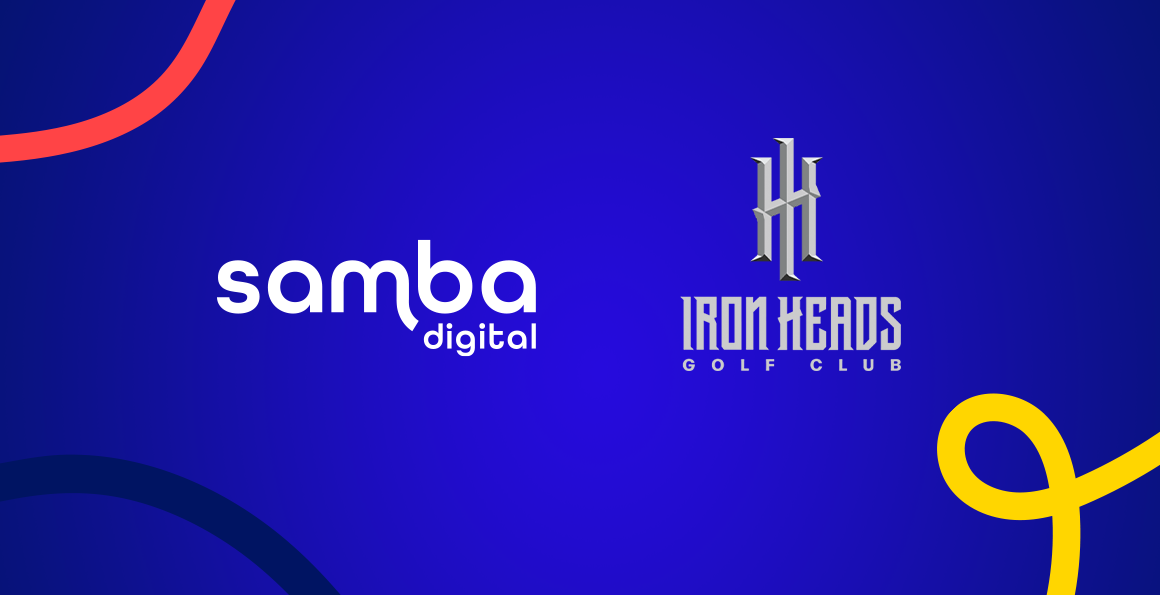La Liga hybrid and dynamic broadcasting and content distribution approach
Over the years La Liga has been able to draw a large audience due to the El Classico that is played between Real Madrid and Barcelona. The thriving fan culture that surrounds the game and the star-studded lineups have made this game into a global spectacle that has grabbed the attention of fans all around the world. The El classico has given the league a unique identity and with this identity they are looking to have a global presence.
Change in La Liga content distribution strategy
Just like the other top 5 leagues, La Liga is focusing on international expansion where they are looking to create a base in different countries around the world. The presence of a diverse array of players who represent different countries and the emergence of local derbies contested between clubs has provided the competition opportunities that they can explore. The Spanish league had seen over 2.8 billion interactions during the year 2019/2020 hence the increase in popularity of the game unlocks different opportunities and one of them is maximizing its profitability via broadcasting and content distribution.
International viewers would tune into their specific broadcaster to watch matches however there is an increase in audience numbers who have been watching the matches on La Liga TV which is the league’s own unique and dedicated Over the top streaming platform.
La Liga is one of the few sports properties around the world to be operating its own DTC services in various markets. The traditional model of broadcasting guarantees revenue and the risk is put on the traditional broadcasters however the move of owning and operating a self developed Ott platform gives greater control over delivering content that caters to the audience’s demand.
In 2020, La Liga decided to have a new approach hence they entered into a hybrid deal with Premier Sports for live matches and the distribution of La Liga TV in the UK from January 2020.
The emergence of La Liga TV
La Liga TV produces its content through the MediaPro facilities that is available in Barcelona. This studio is responsible for the majority of the content that is produced each week and it also provides a base for pre-match and post-match analysis for live games. The dedicated OTT platform would air Viva La Liga which is a flagship weekday magazine show, La Liga Tactics offers an in-depth view of the previous games, and La Liga Chronicles serves up a cinematic review of action on the field. La Liga Nations is a monthly review of players who have made a mark in the game.
Learn more about La Liga plan to build a bigger market in North America
#LaLigaChronicles recaps the latest #LaLigaSantander action! 🗞️
— LALIGA TV (@LaLigaTV) March 28, 2022
🎬 Tomorrow from 4.30pm BST on #LaLigaTV! pic.twitter.com/QQP6W4P6NT
Apart from hosting different shows, the main focus has been on employing the latest technology across multiple broadcasts. AR technology is used to virtually teleport players from any one of the 20 La Liga stadiums and appear as holograms for post-match interviews. The standard setup of LED screens and interactive touchpads helps pandits and presenters weave the narrative.
“In La Liga Tactics we use all of the graphical and data resources available to us,” explains Brosel. “We have software called ‘Mediacoach’ that aims to democratize the tactical tools that teams and coaching staff use to prepare for games.
“In the past we found that each team was using their own software, tracking systems and cameras, and these were all interoperable. We wanted to create a [centralized] resource from which all teams could extract information. This is true whether it is Barcelona, Real Madrid, or the last team in the second division.
“Mediacoach started out as a managerial tool only for professionals, but we wanted to be able to use it [at La Liga TV] because it has a ton of great data, is really easy to use. In La Liga Tactics we try to squeeze the best out of these data and graphical tools.”
The league’s dynamic broadcasting and content distribution model
The Spanish league has emphasized largely on improving the standard of matchday coverage. The deployment of newer versions of aerial and drone cameras has further enhanced the quality of broadcasting. The implementation of innovative technology provides different dimensions to the game and one of the technologies used is the in-game AR. With the help of this technology, it’s possible to create lineups and penalty stats that add different levels of immersion to the game.
The OTT platform is focusing heavily on enhancing the brand visibility of the competition in several markets hence they have employed the latest technology which looks to provide a different level of viewing experience and they look to broadcast shows that cover different aspects of the game. One of the league’s main objectives is to establish itself as an innovative and profitable sports property hence it opted to pursue a dynamic broadcasting and content distribution model which will maximize its profitability in the long run and in the short run.
Other News

What If Germany Welcomed an NFL Franchise? The European Market at a Crossroads

Paul Pogba at AS Monaco: A Powerful Driver of Engagement and Brand Value

The 2026 World Cup: American Soccer Enters a New Era

How Mexico Became the NBA’s Most Promising International Market

Samba Digital teams up with SailGP to strengthen its visibility through influence

